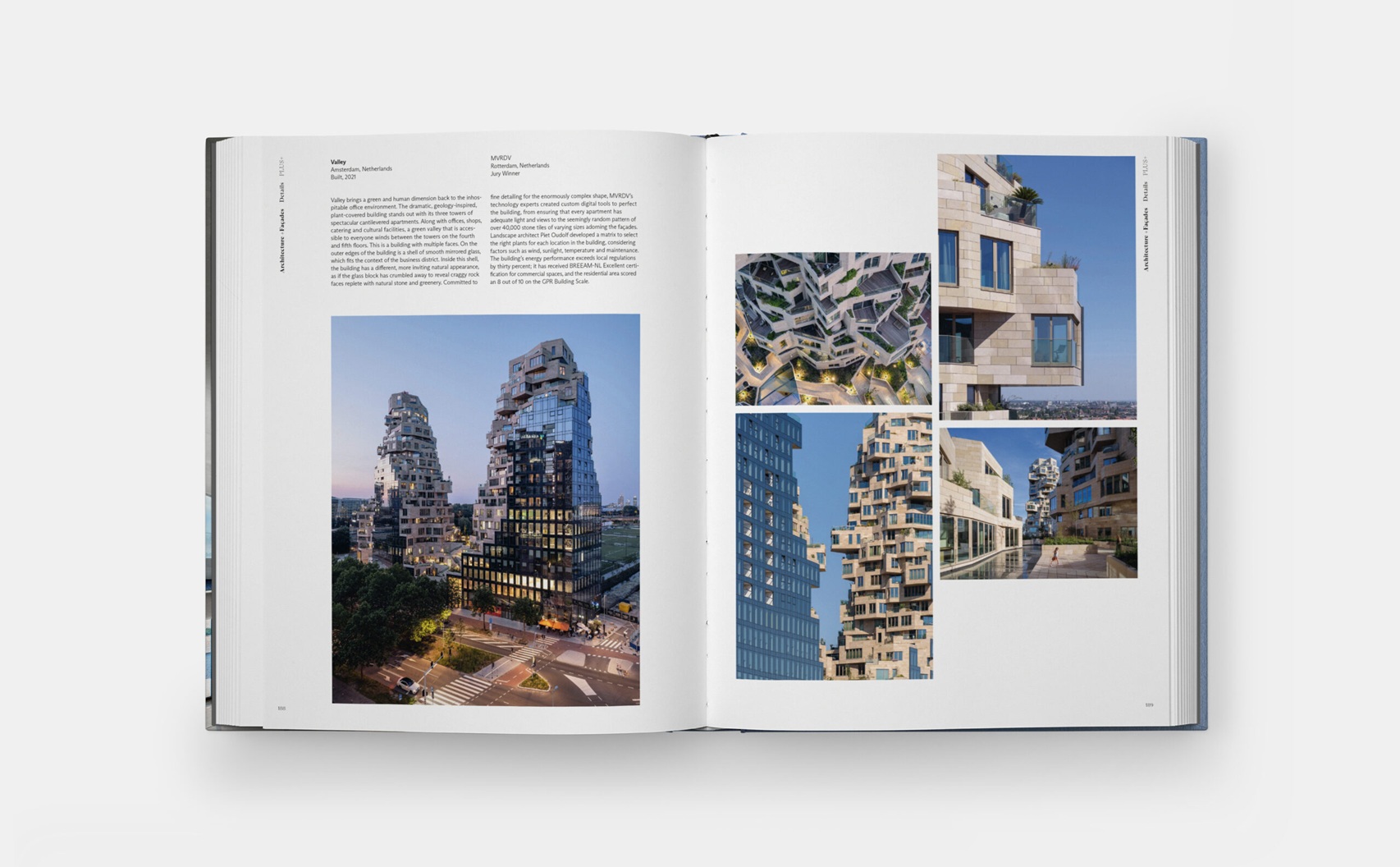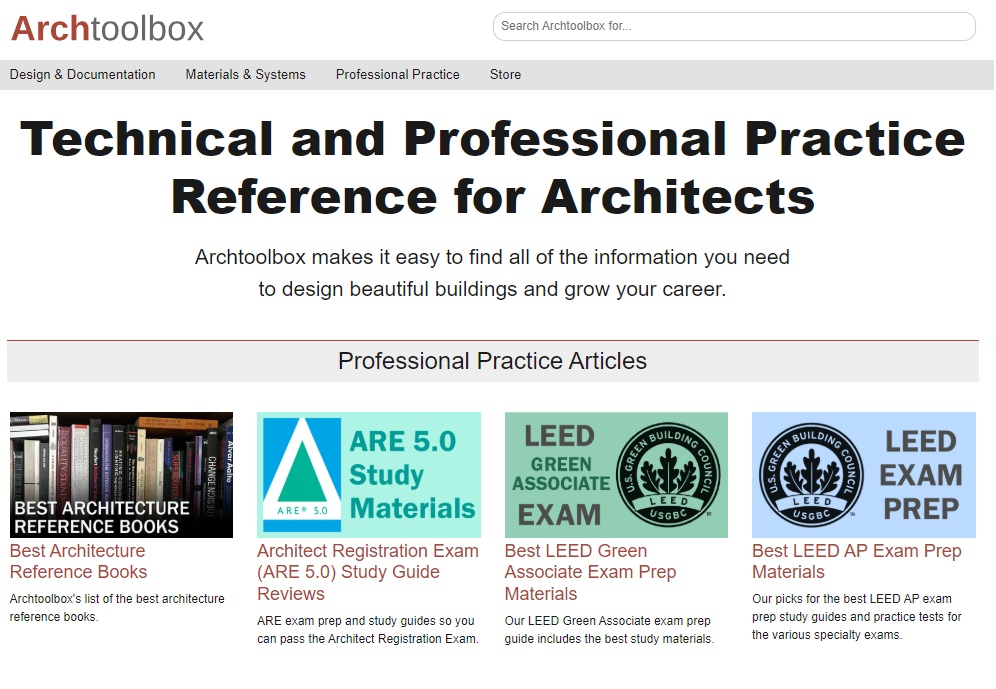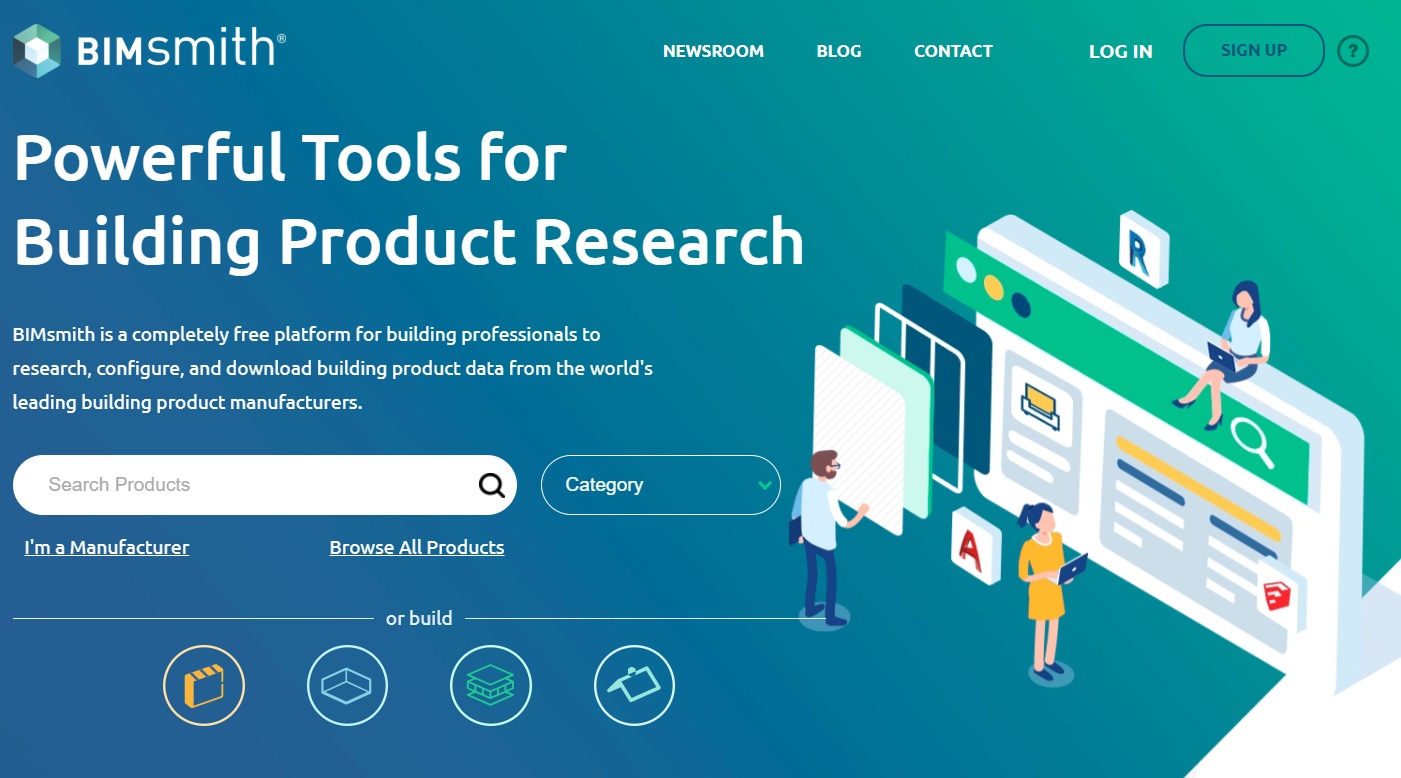Fostering Professional Excellence: Communities for Growth and Connection
Architecture is a profession of practice, but it is also one of community, mentorship, and lifelong learning. In the digital age, the most effective online communities provide not just networking opportunities but also critical discourse, career development resources, and access to specialized, peer-vetted knowledge. These platforms are essential for individual growth and the collective advancement of the profession.
Archinect: The Hub for Career and Critical Discourse
Founded in 1997, Archinect has long established itself as a primary digital hub for the architectural community. It has a strong and distinct focus on employment, industry news, and active discussion forums, making it a multifaceted resource for professionals at all career stages. It is one of the most frequently cited resources for high-quality job listings, from entry-level positions to senior leadership roles.1 Beyond its job board, Archinect’s forums provide a space for candid, often critical conversations on topics ranging from the practical implications of AI in practice to debates on professional ethics and work culture.
For the industry, Archinect serves a dual purpose. It is the first stop for a firm looking to hire top talent and for an architect seeking their next career move. Simultaneously, its forums offer a valuable, unfiltered glimpse into the real-world challenges and opinions of peers, fostering a sense of community and shared experience that is often missing in the isolation of day-to-day practice.
World Green Building Council (WorldGBC): Global Leadership in Sustainable Practice
The World Green Building Council (WorldGBC) is a global network of Green Building Councils, businesses, and governments focused on driving the transformation to a healthy, equitable, and sustainable built environment. Its most valuable online resource for practitioners is its
Case Study Library, an interactive digital map showcasing the world’s most cutting-edge sustainable buildings.
Each project featured in the library demonstrates outstanding performance in at least one of WorldGBC’s three strategic impact areas: Climate Action, Health & Equity, and Resources & Circularity. Crucially, every case study is validated by an established third-party certification scheme, such as LEED, BREEAM, Passivhaus, or a GBC’s own Net Zero Carbon Buildings standard. This verification provides a level of credibility and data reliability that is essential for professional research.
For an architect or developer embarking on a high-performance project, this library is a goldmine of proven success stories. A design team tasked with creating a net-zero operational carbon office building can use the library to find real-world, verified examples from around the globe. They can study the specific design strategies, material choices, and technologies used, gaining confidence in the feasibility of their own ambitious goals and learning from the documented experiences of others.
Professional Bodies & Niche Communities: AIA, RIBA, NOMA, EntreArchitect
The websites of major professional organizations like the AIA in the U.S. and RIBA in the U.K. are essential gateways to their respective professional communities They provide access to a vast network of resources, including local and regional chapters, specialized Knowledge Communities (AIA) or expert advisory groups (RIBA), and a calendar of events for networking and continuing education.
Alongside these large, established bodies, a growing number of specialized organizations and platforms serve the specific needs of distinct segments within the profession. The National Organization of Minority Architects (NOMA) provides vital resources, advocacy, mentorship, and networking opportunities specifically for minority architects, championing diversity and equity within the design professions. At the business level, niche platforms like the
EntreArchitect Network cater directly to the unique challenges faced by small firm owners. It offers practical business coaching, tools, templates, and peer support groups to help entrepreneur architects build more profitable and sustainable practices.
Active engagement with these sites provides tangible benefits. Membership in the AIA or RIBA is often a prerequisite for using professional designations and is critical for accessing the continuing education courses required to maintain licensure. Involvement with organizations like NOMA or communities like EntreArchitect provides targeted support, fosters a sense of belonging, and creates a collective voice for advocacy on issues ranging from social justice to small business policy.
The digital community landscape is evolving. It is fragmenting from generalist forums into highly targeted, specialized niches that address specific professional needs. Early internet forums, like those on Archinect, served as valuable catch-alls for the entire profession. However, as the challenges facing the industry have become more complex, a one-size-fits-all community model has become less effective. The business problems of a sole practitioner running a small firm are vastly different from those of a design partner at a large, multinational corporate firm.
This has led to the rise of specialized communities: NOMA for advancing diversity and equity, EntreArchitect for honing business skills, and the WorldGBC for connecting sustainability leaders. This means an architect’s “digital community” is no longer a single website but a personal, curated constellation of resources. An effective modern professional will strategically curate their participation across multiple platforms—using Archinect for career opportunities, their local NOMA chapter for advocacy and connection, the EntreArchitect forum for business advice, and a specific AIA Knowledge Community for deep technical expertise. This reflects a more sophisticated and strategic approach to professional networking, lifelong learning, and career development.




